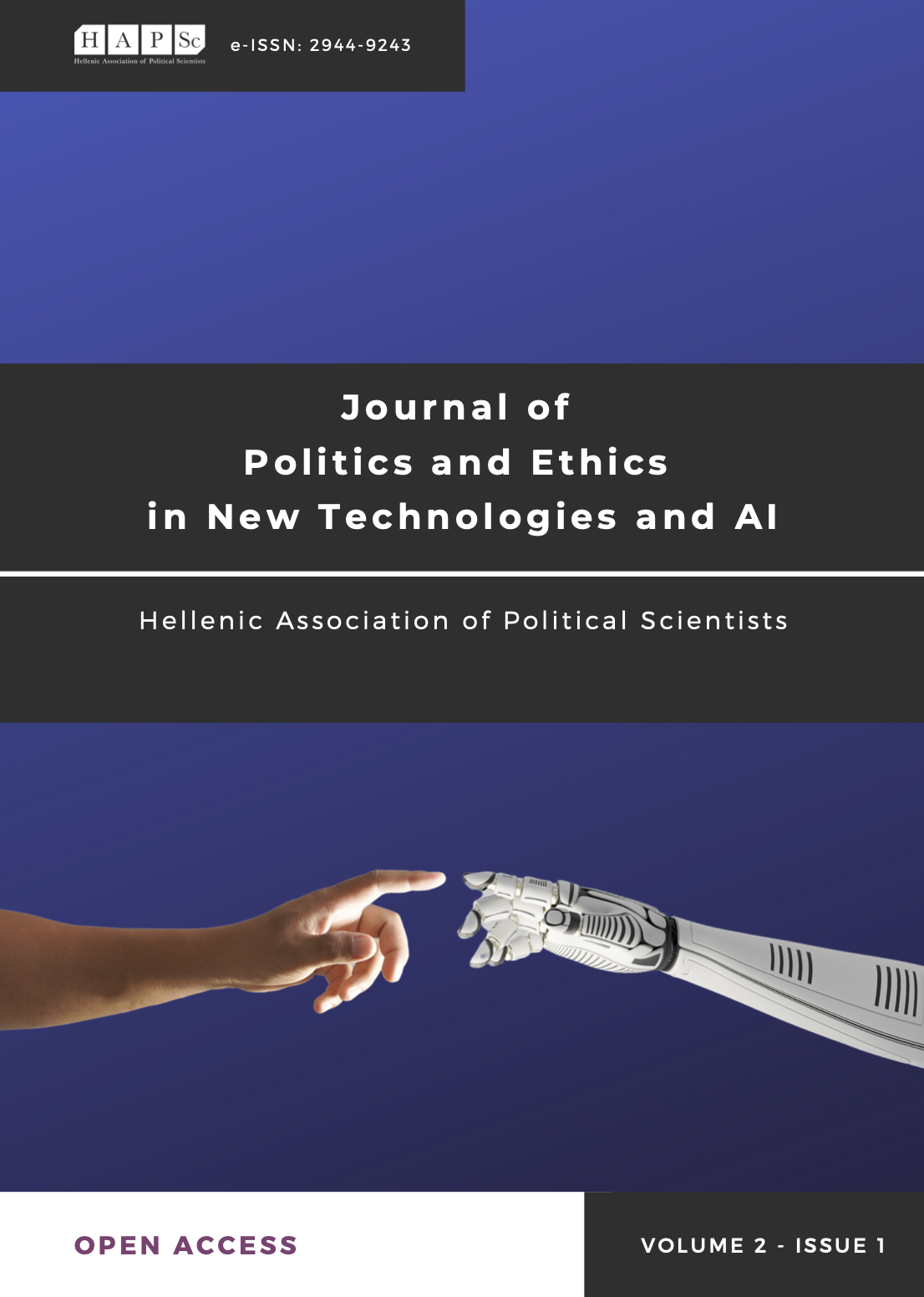IoT in Education: Implementation Scenarios through the Lens of Data Privacy Law

Abstract
The Internet of Things (IoT) is today one of the most rapidly developing digital technologies and has managed to establish a solid presence in the academic realm. This article highlights the promising implications of IoT in Education including efficient school management, real-time data collection and analysis, resource management and global interconnectedness. Implementation scenarios are many and incorporate billions of devices that collect huge amounts of data that can be exploited for a wide range of educational purposes. In the post Covid19 era, the IoT as the so-called 3rd revolution of Information technology appeared to be able to support distance learning as well as to protect students in terms of virus spreading, guaranteeing a safe learning environment in their coming back to the classrooms. At the same time, all implementations scenarios raise concerns related to data privacy rights and data security. This article highlights the need for a legal context that protects privacy as well as fundamental rights and freedoms. Since the Internet of Things encompasses new technologies, such as Artificial Intelligence and Blockchain, the study of its regulatory framework is of primary interest. In addition, serious legal and ethical concerns arise which demand a relative critical approach. Therefore, it is pursued the proposal of fruitful guidelines which would lead to a powerful, productive and human-centric educational environment.
Article Details
- Section
- Research Articles

This work is licensed under a Creative Commons Attribution 4.0 International License.
Authors retain copyright and grant the journal right of first publication with the work simultaneously licensed under Creative Commons 4.0 (CC-BY 4.0) license, that allows others to share the work with an acknowledgement of the work's authorship and initial publication in this journal.





